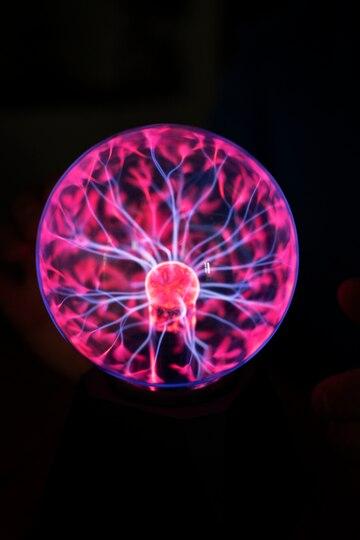Biophotonics Market: The Role of Light in Revolutionizing Therapeutic Solutions

The biophotonics market is rapidly transforming the landscape of therapeutic solutions, harnessing the power of light to drive innovative treatments and enhance patient care. This interdisciplinary field combines principles from biology, physics, and engineering, leading to groundbreaking applications in various medical domains. From cancer therapy to pain management, the ability of light to interact with biological tissues is unlocking new possibilities for non-invasive and effective treatment options.
Understanding Biophotonics
Biophotonics involves the use of light particularly visible, ultraviolet, and infrared light to investigate and manipulate biological systems. This field encompasses a range of techniques, including optical imaging, laser therapy, and photodynamic therapy (PDT). By utilizing the specific properties of light, biophotonics enables precise targeting of tissues, leading to improved therapeutic outcomes with minimal side effects.
Key Therapeutic Applications
-
Photodynamic Therapy (PDT): PDT is a revolutionary treatment modality that uses photosensitizing agents activated by specific wavelengths of light to destroy cancer cells. After administering a photosensitizer, the targeted area is illuminated with light, triggering a chemical reaction that produces reactive oxygen species, selectively killing cancer cells while sparing surrounding healthy tissue. PDT is particularly effective for skin cancers, head and neck tumors, and certain types of ocular cancers.
-
Low-Level Laser Therapy (LLLT): Also known as cold laser therapy, LLLT uses low-intensity lasers to promote tissue healing and reduce pain. This technique is gaining popularity in physical therapy, sports medicine, and pain management. LLLT stimulates cellular activity, enhances circulation, and promotes tissue repair, making it an effective non-invasive option for conditions such as arthritis, tendonitis, and wound healing.
-
Laser Surgery: The application of lasers in surgical procedures has revolutionized minimally invasive techniques. Laser surgery offers precision in cutting and coagulation, reducing damage to surrounding tissues and accelerating recovery times. Procedures such as laser ablation for eye surgery (LASIK) and various dermatological treatments exemplify how biophotonics is transforming surgical practices.
-
Targeted Drug Delivery: Biophotonics is also making strides in enhancing drug delivery systems. By using light to activate drug release at specific sites within the body, researchers are developing targeted therapies that minimize systemic side effects. This approach is particularly promising for cancer treatment, where localized drug activation can maximize therapeutic efficacy while reducing exposure to healthy tissues.
Current Trends in Biophotonics Therapy
-
Integration with Nanotechnology: The convergence of biophotonics and nanotechnology is driving advancements in therapeutic solutions. Nanoscale materials can enhance the efficiency of light absorption and increase the specificity of treatment. For example, gold nanoparticles can be used in conjunction with light to selectively target and destroy cancer cells, providing a powerful tool in precision medicine.
-
Personalized Medicine: The move toward personalized medicine is influencing the development of biophotonics therapies. By tailoring treatments based on individual patient profiles—such as genetic and molecular characteristics—biophotonics can offer more effective and targeted therapeutic solutions. This approach is particularly relevant in oncology, where understanding a tumor's specific biology can guide treatment decisions.
-
Telemedicine and Remote Monitoring: The COVID-19 pandemic accelerated the adoption of telemedicine, and biophotonics is playing a role in this shift. Remote monitoring technologies utilizing light-based diagnostics are emerging, enabling healthcare providers to assess patients' conditions without requiring in-person visits. This trend enhances accessibility and convenience for patients, particularly in managing chronic conditions.
-
Regenerative Medicine: Light-based techniques are gaining traction in regenerative medicine. Photobiomodulation (PBM), a method that uses specific wavelengths of light to stimulate cellular function, is being explored for its potential in tissue regeneration and repair. PBM can enhance stem cell proliferation and differentiation, making it a promising avenue for treating injuries and degenerative diseases.
Challenges and Future Directions
Despite the promising potential of biophotonics in therapeutic solutions, several challenges remain. Regulatory hurdles can slow the approval process for new technologies, and high development costs can deter smaller companies from entering the market. Additionally, ensuring widespread adoption among healthcare providers requires extensive education on the benefits and applications of biophotonics therapies.
- Art
- Causes
- Crafts
- Dance
- Drinks
- Film
- Fitness
- Food
- Games
- Gardening
- Health
- Home
- Literature
- Music
- Networking
- Other
- Party
- Religion
- Shopping
- Sports
- Theater
- Wellness


